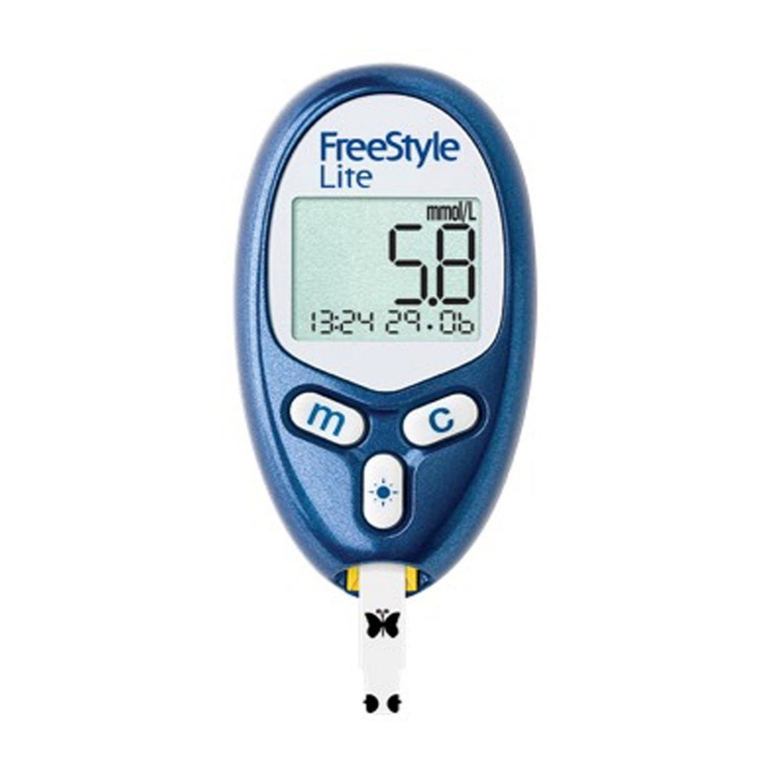
FreeStyle Service Manual MN126-1 E
1.0 Introduction
1.1 Equipment Provider Responsibility
All EquipmentProvidersof the FreeStyle™PortableOxygen
Concentrator
must
assume
responsibilities
for handling, operationalcheck-out,patient instruction,and
maintenance.
These
responsibilities
are outlined below and throughoutthis manual.
This unit is not to be used for life support. Geriatric, pediatric, or any other patients unable
to communicate discomfort while using this unit may require additional monitoring. Patients
with hearing and/or sight impairment(s) may need assistance with monitoring alarms.
As an Equipment Provider, you must do all of the following:
■Inspect the condition of each FreeStyle unit immediately upon
delivery to your business location. Note any sign of damage,
external or internal, on the delivery receipt, and report it
directly to both the freight company and AirSep Corporation
immediately.
■Check the operation of each FreeStyle unit before delivery to a
patient. Always operate the unit for a minimum of 10 minutes,
and check that the oxygen concentration level is within
specifications, as described in Section 5 of this manual.
■ Deliver FreeStyle units only to patients authorized by a physician’s
prescription. FreeStyle must not be used as a life-supporting
device.
■Instruct patients how to use FreeStyle in conjunction with the
Patient Manual.
■Instruct patients to notify their physicians and/or Equipment
Providers if they experience any signs of discomfort.
■Instruct each patient to perform routine maintenance of the air intake gross
Filter. (Refer to Section 3.2.)
■Be available to service each patient at any time.
■Maintain FreeStyle in accordance with Section 4.0.
■Repair components and replace parts only as outlined in this
manual. Use only AirSep parts for replacement in FreeStyle Oxygen
Concentrators.




























